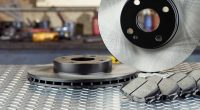How Important Are Aftermarket Accessories for Off-Roading?
4×4 has become synonymous with adventure, and the Mitsubishi Triton is one of the best to ever to do it when it comes to going on adventures across the vast Australian outback. It’s a tough and reliable 4×4 that is ideal for driving through all types of terrains. If you’re a Triton owner who is looking to take it out in the open for the first time, then you should probably consider getting a few Mitsubishi Triton aftermarket accessories to make sure your vehicle can withstand everything that the rugged Australian environment throws at it. Equipping your Triton with quality accessories can improve its protection and performance on and off the beaten trail, allowing it to go where it couldn’t before. However, with so many accessories available nowadays, many of which are considered obsolete by off-road enthusiasts, how do you pick the right ones for the upcoming adventures?
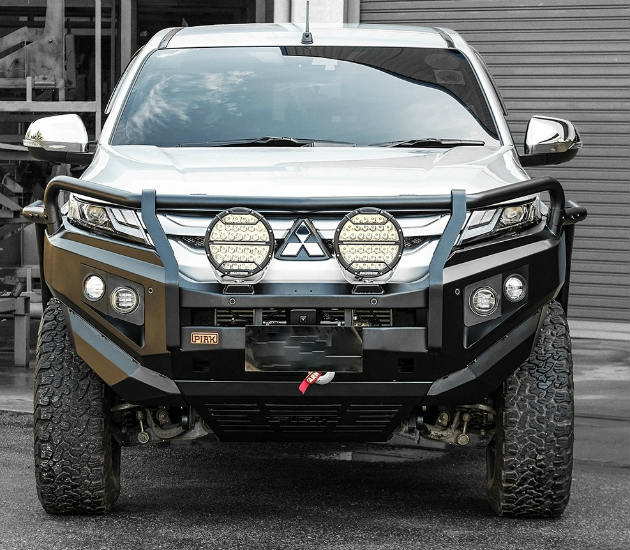
Bull Bars
Bull bars are arguably the most sought-after 4×4 accessories. They serve a few important functions, the main one being protecting the front end of your Triton from damage in the event of a collision with another vehicle or animal. Bull bars are designed to take most of the impact, and even though your Triton may still get damaged in a serious collision, the valuable engine components will probably remain unscathed. These accessories are especially important if you’re travelling off the beaten trail in open grazing areas, or during sunrise and sunset when there’s an abnormal risk of kangaroos crossing your path. Further, bull bars are your first line of defence against rocks, logs and trees if you’re traversing a vegetated track.
When deciding on the ideal bull bar for your Triton, make sure you get one that allows for high ground clearance that also sits low enough on the front to prevent restricted view and to reduce reflection. The bull bar should be made of strong materials like steel or aluminium, and it should be compliant with Australian standards. Also, it’s important to make sure that a retrofitted bull bar doesn’t impact the triggering effectiveness and characteristics of your Triton.
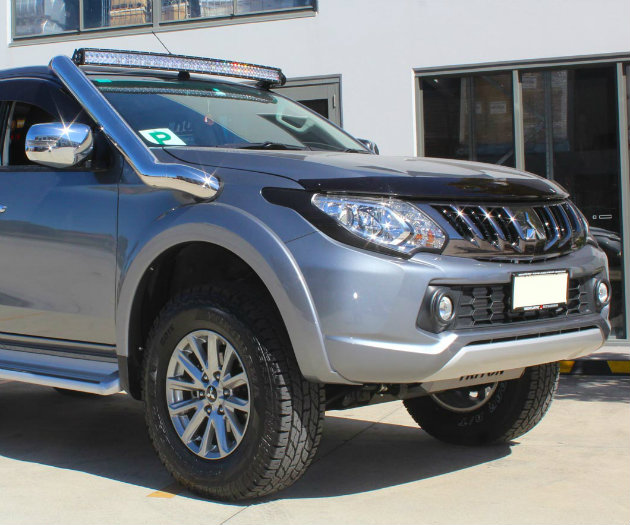
Snorkel Kits
Contrary to what many people think, 4×4 snorkel kits are useful for more than just crossing water. These Mitsubishi Triton aftermarket accessories can make sure your engine gets enough cool, clean air when driving through dirt terrains. Without a snorkel kit, your Triton will get air from the front grille, meaning that when you’re crossing rivers, creeks or beaches, water and dust may enter the engine and damage it considerably. A snorkel replaces the standard air intake and raises it higher to prevent this. Not only does this protect the engine, but it also protects the air filtration system from degrading.
When deciding on the ideal snorkel kit, make sure you get one made from good quality plastic and a decent UV rating to make sure it can withstand the extreme Australian weather.
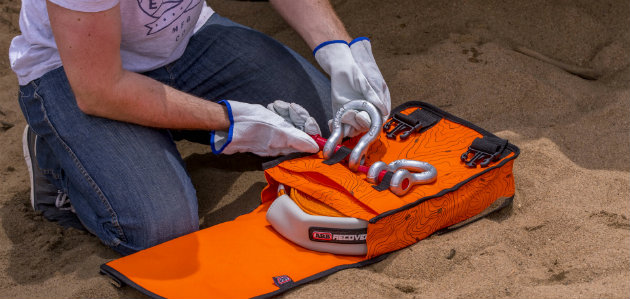
Recovery Gear
There are quite a few pieces of recovery equipment you can get to help you get unstuck, but the most popular ones are winches and recovery tracks. Winches are ideal if you don’t want to put a lot of manual effort to get yourself out of mud or snow, but of course, they’re also quite expensive. Winches can be electric and hydraulic, and they’re typically fitted to the bull bar. There are pros and cons to both electric and hydraulic winches, but in the end, it will come down to personal preference. When deciding on the ideal winch for your Triton, make sure you get one with the pulling capacity of the weight of your vehicle, plus all of the accessories and attachments on it, including passengers, fuel, gear, etc.
Recovery tracks, on the other hand, work by providing a surface that helps your Triton gain momentum and traction by placing them under the wheels. Tracks are affordable, compact and lightweight, making them easy to transport and store when not in use. The most popular recovery tracks are MAXTRAX, which can also double down as shovels.
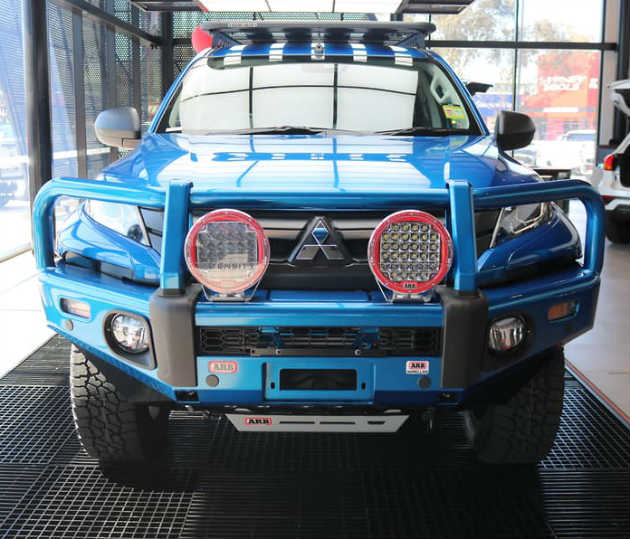
Auxiliary Lights
Due to the fact that you’ll be driving in the middle of nowhere without any light whatsoever, your Triton may not be able to provide appropriate illumination to allow you to drive safely through rugged tracks. That being said, auxiliary driving lights can come in very handy in ensuring you stay safe. Even if you don’t usually travel at night, obstacles or track detours can leave you travelling in the dark unexpectedly.
Typically, the best combination of lights are those that provide both distance and spread. Spread refers to the wide, short illumination area, whereas distance is achieved through equipping your Triton with a pencil beam or spotlight that can light up to a few hundred metres ahead. The three types of lights you can pick from are LED, HID and halogen, with LED being the preferred option nowadays due to their durability and efficiency.

